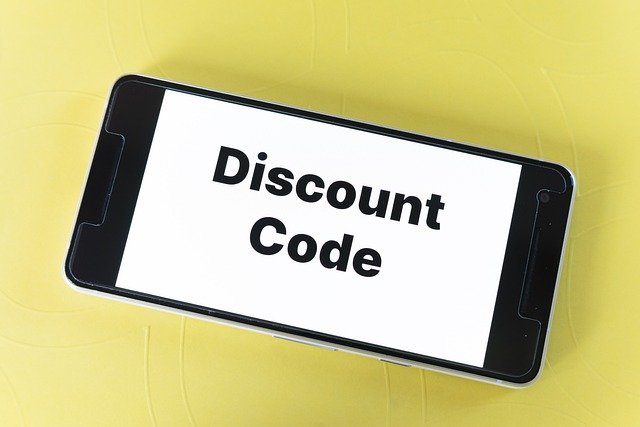Regional variations in promotional cycles for infant essentials
Promotional cycles for infant essentials such as nappies and other babycare supplies vary widely by region, influenced by manufacturer schedules, retailer strategies, and local buying habits. Understanding these cycles helps parents plan replenishment, use coupons and discounts effectively, and align subscriptions or bulkbuy decisions with periods of higher savings.

How do nappies promotional cycles differ by region?
Promotional cycles for nappies are shaped by local retail calendars, seasonal demand, and supply-chain rhythms. In some markets, retailers coordinate promotions around national holidays or parenting events; in others, promotions align with manufacturer rollouts or inventory clearances. Regions with high competition among retailers often see more frequent, short-term discounts, while areas with fewer large chains may rely on periodic manufacturer-funded promotions. Shoppers who track local services and store circulars can anticipate sale windows and prepare for replenishment accordingly.
What role do manufacturers and retailers play in infantcare promotions?
Manufacturers and retailers each influence promotion timing and depth. Manufacturers may offer coupons, cashback, or co-op funding for retailer promotions to support new product launches or seasonal inventory shifts. Retailers decide how to apply discounts, stack offers, or run loyalty events that integrate with their own pricing strategies. Regional differences appear when global brands tailor campaigns to local market conditions, or when regional retailers promote private-label alternatives. Observing manufacturer announcements and retailer loyalty calendars can reveal predictable promotion patterns in your area.
How can subscription, bulkbuy, and replenishment help with babycare savings?
Subscription plans and bulkbuy options smooth out the need for frequent shopping and can lock in steady savings, especially where promotions are irregular. In regions where promotional cycles are sparse, subscriptions provide predictable replenishment and occasional subscription-only discounts. Bulkbuy is effective when storage and budget permit, reducing per-unit cost during larger promotions. When combining subscription with occasional promotional stacking, families may achieve lower average costs while reducing last-minute trips for essentials.
Are discounts, cashback, and loyalty programs stackable?
Stacking rules vary by retailer and region: some allow manufacturer coupons on top of store discounts and loyalty rebates, while others restrict combinability. Cashback programs—card-based or app-based—add another layer that can sometimes be applied after a purchase, effectively increasing savings. Understanding each program’s terms is essential; regional regulatory frameworks and retailer policies often determine whether stacking is permitted. Keep clear records of coupon codes, loyalty points, and cashback offers to maximize benefit where stacking is allowed.
How do promotion timing and budgeting affect purchasing for infant essentials?
Timing promotions into a household budget requires tracking typical cycles in a given region and planning replenishment around expected discounts. For parents on tight budgets, aligning bulkbuy or subscription deliveries with regular promotion periods reduces out-of-pocket costs. Some regions see predictable price drops at end-of-season or fiscal-quarter clearances, while others concentrate promotions around family-oriented holidays. A simple budgeting approach is to estimate monthly consumption of nappies, identify upcoming promotion windows in local services, and allocate savings from discounts to an essentials reserve.
Real-world cost insights and comparison table
Retail and manufacturer pricing for nappies and related babycare items varies by brand, pack size, and region. Below is a brief comparison of commonly available products and services to illustrate typical cost ranges; these reflect average per-unit estimates and subscription options available through major providers.
| Product/Service | Provider | Cost Estimation |
|---|---|---|
| Pampers Swaddlers (pack) | Pampers (Procter & Gamble) | $0.25–$0.35 per nappy (estimate) |
| Huggies Little Snugglers (pack) | Huggies (Kimberly-Clark) | $0.22–$0.32 per nappy (estimate) |
| Mama Bear (store brand) | Amazon | $0.15–$0.25 per nappy (estimate) |
| Parent’s Choice (store brand) | Walmart | $0.12–$0.22 per nappy (estimate) |
| Subscription delivery (various brands) | Multiple providers | Equivalent $0.15–$0.30 per nappy depending on size and discounts |
Prices, rates, or cost estimates mentioned in this article are based on the latest available information but may change over time. Independent research is advised before making financial decisions.
Conclusion Regional variation in promotional cycles for infant essentials is driven by a mix of manufacturer strategy, retailer policy, and local buying patterns. By recognizing how nappies and babycare promotions are scheduled in your area—whether through seasonal sales, loyalty events, or subscription discounts—parents can plan replenishment, take advantage of stacking where permitted, and build realistic budgets for ongoing infantcare expenses. Monitoring local services, comparing providers, and keeping an eye on both manufacturer coupons and retailer loyalty offers helps create predictable savings over time.






